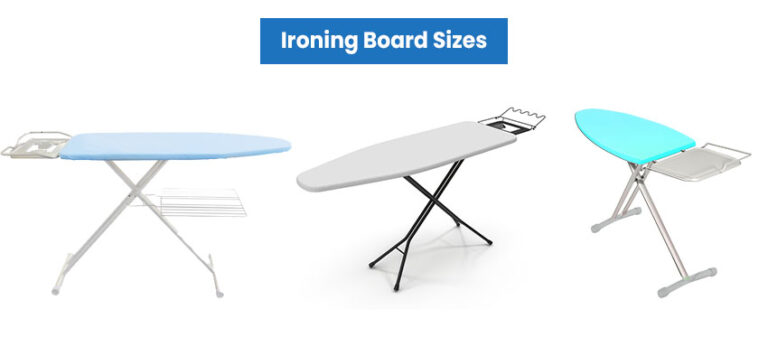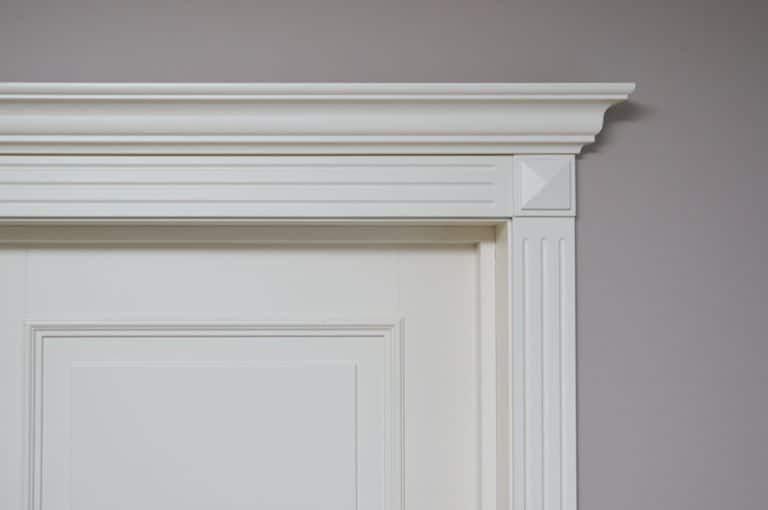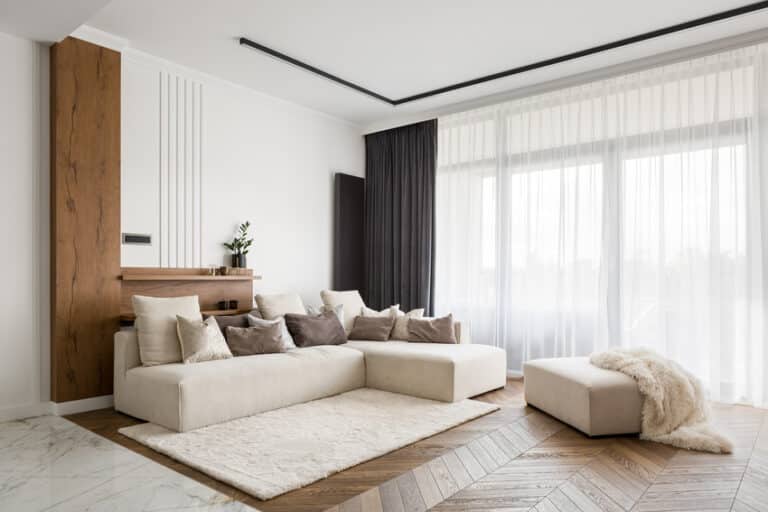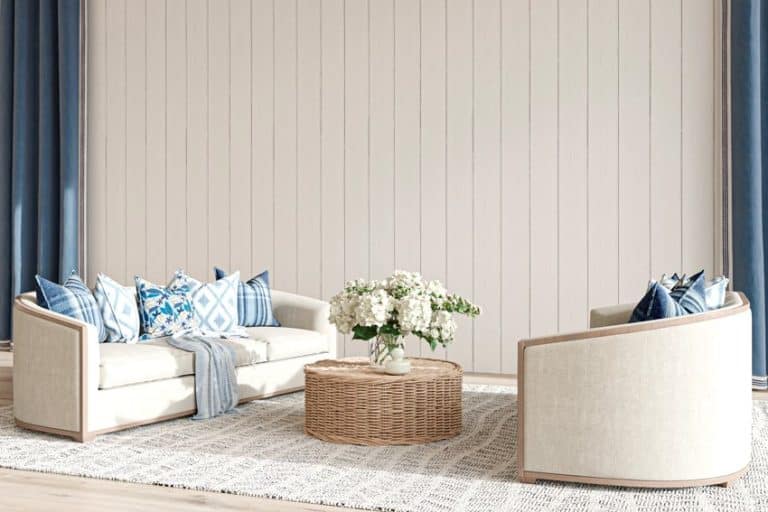Brick Veneer vs Brick (Comparison Guide)
In this guide we discuss brick veneer vs brick including the differences, cost & where to use each type.
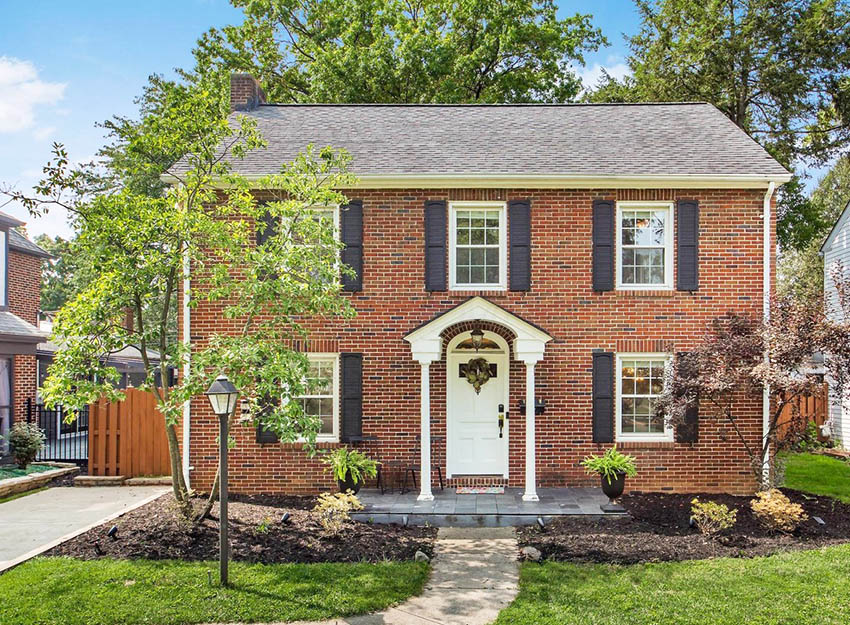 Houses have been built from brick for hundreds of years. Many of them are still standing, thanks to the choice of a durable, and fireproof material. Bricks are made from clay, mixed with shale, and poured into molds. The molded bricks are then fired in a kiln, making them extremely durable. While bricks have many excellent properties, they are poor insulators. Once building codes started to require insulation in exterior walls, solid brick construction fell in popularity and a new construction technique entered the scene: brick veneer.
Houses have been built from brick for hundreds of years. Many of them are still standing, thanks to the choice of a durable, and fireproof material. Bricks are made from clay, mixed with shale, and poured into molds. The molded bricks are then fired in a kiln, making them extremely durable. While bricks have many excellent properties, they are poor insulators. Once building codes started to require insulation in exterior walls, solid brick construction fell in popularity and a new construction technique entered the scene: brick veneer.
What Is Brick Veneer?
Brick veneer is a decorative element rather than a structural one. It is essentially a single-thickness brick wall (also called a wythe) that is attached to the exterior of a wood, steel, or concrete frame building. This gives it the appearance of being constructed entirely out of brick. There are a few ways for an expert to tell if a house is solid brick or brick veneer just by looking at it. However, most people can’t tell the difference.
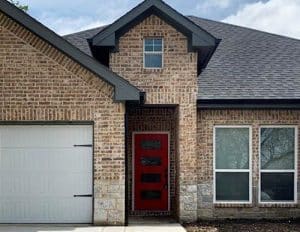
Brick veneer is best described as a type of siding. Like shingles, vinyl siding, or other siding options, it is added to the exterior of the house after the structure has been constructed. A mason or other professional builds a brick wall a few inches away from the wooden, steel, or concrete frame, and attaches it to the load-bearing structure with metal ties. ‘Weep holes’ are built-in at 32-inch intervals, allowing moisture to escape and avoiding damage to the frame.
Is Brick Veneer Real Brick?
Yes. Brick veneer refers to a construction method, not to the material used in construction. Brick veneer simply means that a layer of real brick is added to the outside of a building. The material used is identical in size, shape, and composition to that used in a solid brick house.
Where To Use Brick Veneer

Brick veneer is the standard choice for dwellings or any space inhabited by people. This is because it is possible to insulate, and therefore it can meet building codes.
Brick veneer is frequently used for brick kitchen designs, living room’s and interior and exterior flooring.
Brick
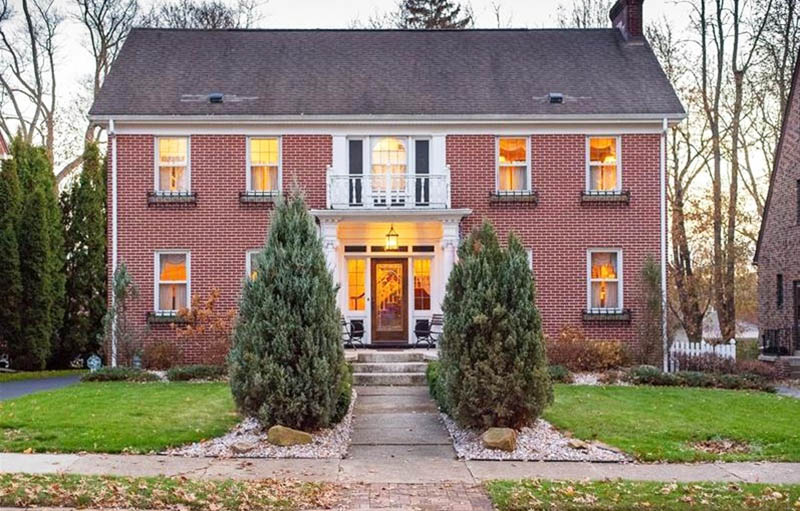
Where brick veneer has only one layer of brick, in solid masonry, two layers are used. Sometimes the inner layer (which cannot be seen) is made of concrete or cinder block. The choice to build with brick as a load-bearing element of a building must be done before construction begins, and even before the foundation is poured. Solid brick houses are incredibly durable, but require special preparation to the foundation.
Where To Use Real Brick

Brick Veneer vs Solid Brick Thickness
The individual bricks used to construct brick veneer or a solid brick building are exactly the same size: 3½ inches deep, 2¼” tall, and 7⅝” long.
How To Tell Brick Veneer and Solid Brick Apart?
A house made of solid brick will have two distinctive characteristics. First, ‘header’ bricks. These are used to attach the inner layer to the outer layer (as opposed to brick veneer, where there is only one layer, attached by metal ties.) A header brick is laid perpendicular to the rest of the bricks, so it will appear smaller. In brick veneer, all the bricks are facing the same way.
Second, the windows on a solid brick house will be reinforced, possibly with an arch pattern. This is not necessary when building with brick veneer.
Brick Veneer Cost

Is Brick Veneer Cheaper than Brick?
Yes. Brick veneer is about three times less expensive than constructing a building from solid brick, making it a cost-effective and popular choice for homeowners who want the look of brick without the expense.
Solid Brick Cost
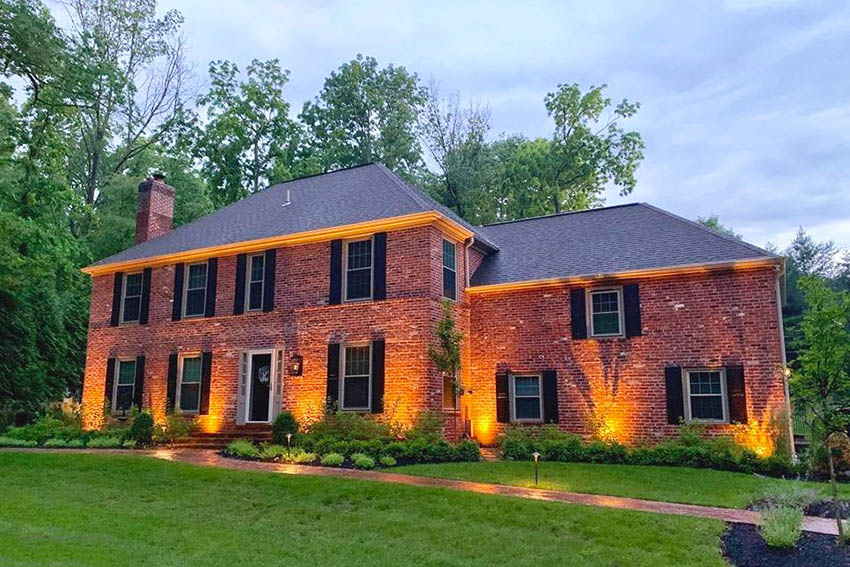
Brick Care and Maintenance
Bricks are not moisture resistant and will soak up any rain or precipitation that falls in your area. In solid brick construction, there is a drainage system built in between the inner and outer layers.
Since brick veneer has only one layer, it must include ‘weep holes’ to let the moisture out. These can become blocked in construction or afterward. If blocked, moisture will build up in the space between the brick veneer and the house. This could lead to damage, decay, and even pest infestation. If you opt for brick veneer, make sure to keep the weep holes clear.
To see more related content visit our gallery of solid brick flooring ideas.



